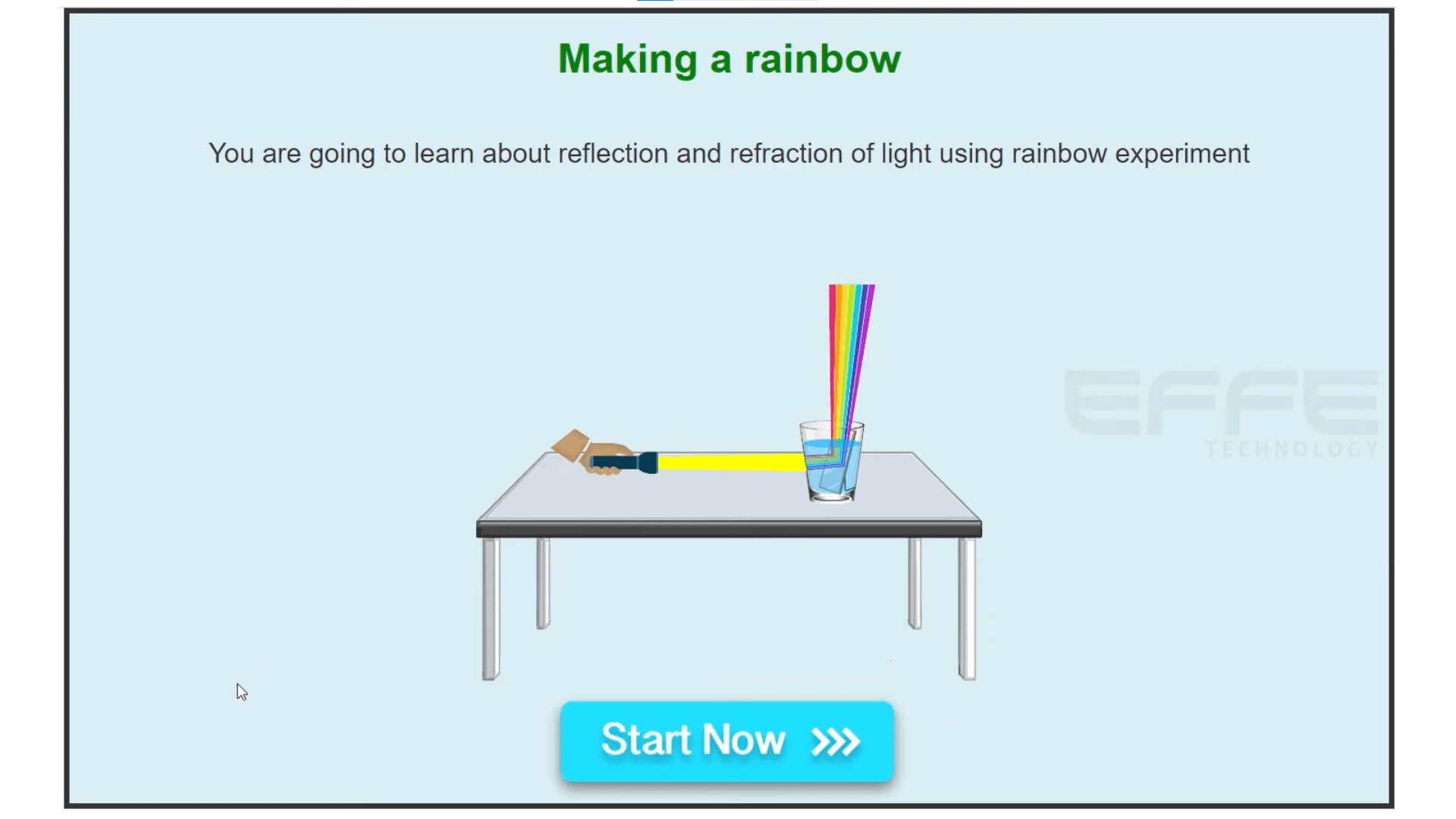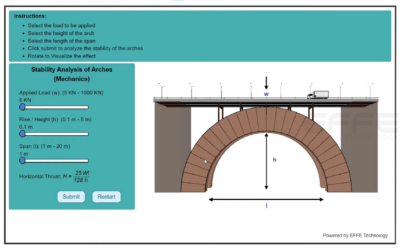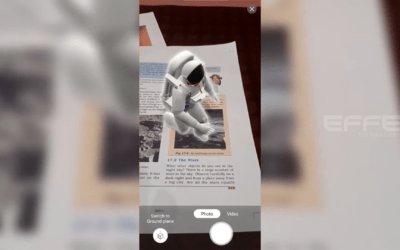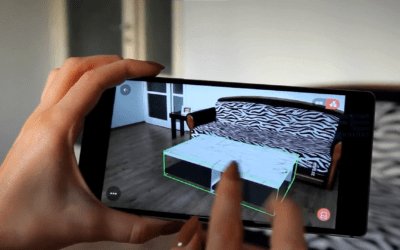Introduction
In today’s educational landscape, technology has proven to be a powerful tool for enhancing learning experiences. With the increasing need for interactive and immersive learning environments, virtual reality (VR) has emerged as an innovative solution. EFFE Technology has developed a comprehensive VR-based learning solution for K12 students, focusing on critical scientific principles such as the reflection of light and the rainbow experiment. This case study explores how EFFE Tech’s Virtual Labs and Experiments for K12 are revolutionizing K12 education by providing students with hands-on experiences in a virtual world.
Project Brief
The client, an educational institution, aimed to provide an interactive and engaging learning experience for students studying the basic concepts of physics, particularly light and its behavior. The goal was to make complex scientific experiments accessible to students without needing costly equipment or risking safety concerns in a traditional classroom setting. EFFE Technology was chosen for its expertise in creating immersive VR experiences, which would bring theoretical concepts to life and enhance students’ understanding of light reflection, refraction, and the creation of rainbows through Virtual Labs and Experiments for K12.
Client Requirement
The client required a VR-based solution that would:
- Simulate the behavior of light, particularly its reflection and the creation of rainbows, in an easy-to-understand manner.
- Provide interactive elements that allow students to manipulate virtual objects and control variables in a safe, risk-free environment.
- Offer a user-friendly platform for K12 students, making it easy for them to navigate and understand the scientific concepts.
- Enable teachers to monitor student progress and provide real-time feedback during the lessons.
The requirement also included the need for a scalable and accessible solution, ensuring that students from diverse backgrounds and locations could access the learning experience without additional investment in physical lab equipment, making the VR-based Virtual Labs and Experiments for K12 a key solution.
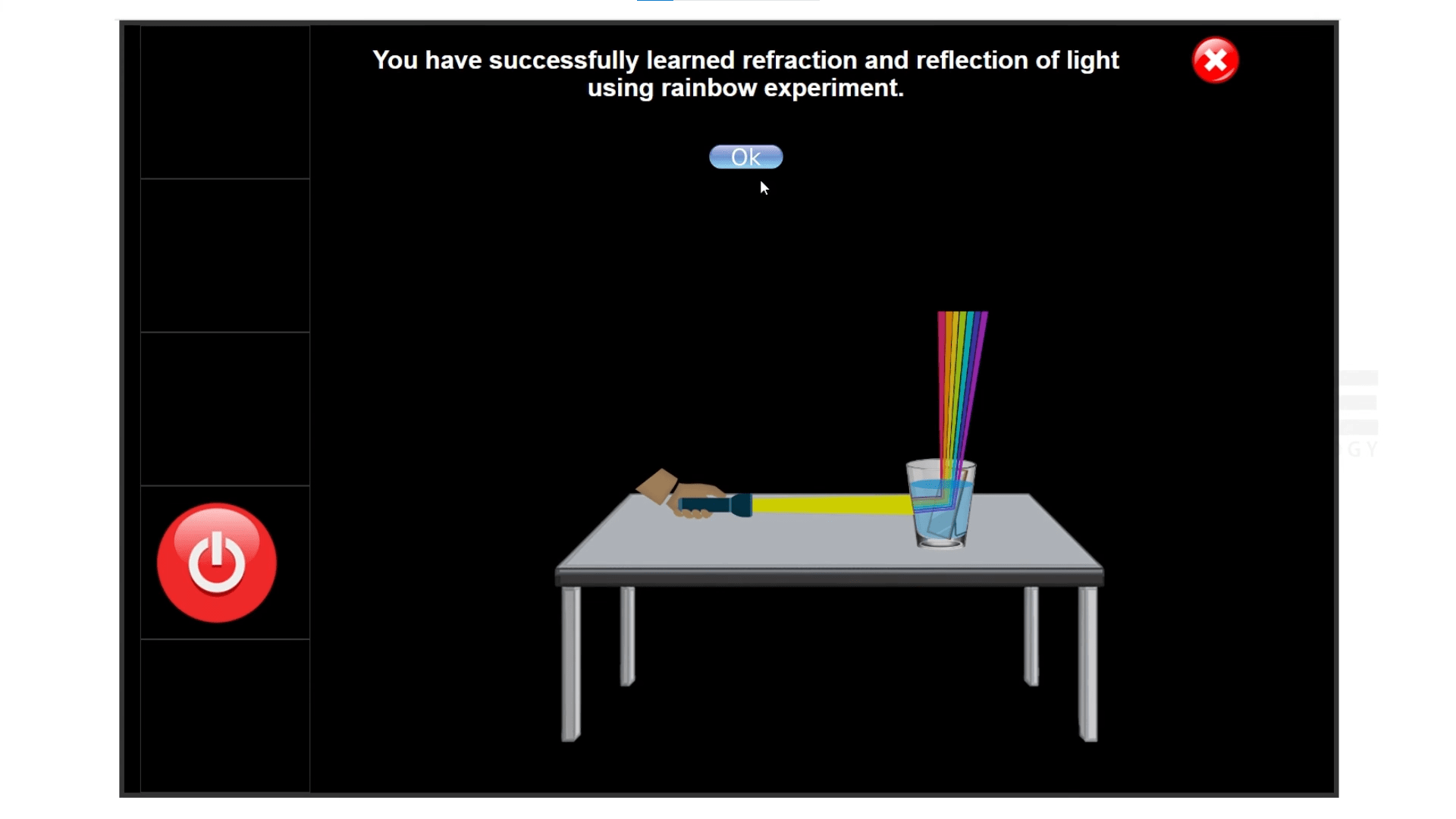
Project Planning, Strategy, and Our Process
Upon receiving the project brief, EFFE Technology developed a detailed plan for creating the virtual learning experience. The team worked closely with educators to identify the most important concepts to include in the simulation. Based on the client’s requirements, the team selected the reflection of light and rainbow formation as the core themes for the VR lab within Virtual Labs and Experiments for K12. Visit our partner Site
Our strategy involved:
- Content Development: The first step was to create accurate, scientifically validated simulations. The reflection of light was illustrated by showing how light rays interact with mirrors, demonstrating both regular and diffuse reflection. For the rainbow experiment, the team used 3D models to simulate how light refracts through a prism to create a spectrum of colors.
- Interactivity Design: The key feature of the VR experience was interactivity. Students could adjust the angle of the light source, the position of the mirror, or the shape of the prism. This allowed them to observe how changes in these variables affect the reflection and refraction of light. By engaging with the Virtual Labs and Experiments for K12, students were able to understand complex theories through hands-on experimentation.
- VR Development: The development process involved using VR development tools to create a seamless, immersive experience that would be both visually stunning and educational. The interactive components were designed with simplicity in mind, ensuring that even younger students could grasp the scientific concepts easily.
- User Testing and Refinement: EFFE Technology conducted multiple rounds of testing with educators and students to ensure the VR experience was both effective and engaging. Feedback from test users was incorporated to refine the simulation, enhancing the ease of navigation and adding educational features such as hints and explanations during the experiments in Virtual Labs and Experiments for K12.
Deliverables and Client Benefits
The final product was a fully functional, immersive VR platform where students could explore the reflection of light and the rainbow formation in a 3D environment. The following features were delivered:
- Interactive Simulations: Students could experiment with light reflection on different surfaces and see the creation of rainbows in real time, enhancing the Virtual Labs and Experiments for K12.
- Educational Content: Clear and concise explanations of scientific concepts were embedded within the VR experience, helping students understand the principles of light reflection and color dispersion.
- Multimedia Integration: The experience was enhanced with animations and visual cues that highlighted important aspects of the experiments, ensuring that students gained a clear understanding of the underlying physics principles.
- Scalability: The platform was developed to be accessible across multiple devices, including VR headsets, desktops, and mobile devices, making it flexible for remote and hybrid learning environments, supporting Virtual Labs and Experiments for K12.
- Teacher Support Tools: Teachers were provided with a dashboard to track student progress, monitor interaction levels, and provide personalized feedback based on real-time data.
Client Benefits
The VR learning module for the reflection of light and rainbow experiment provided numerous benefits to the client:
- Engaging Learning Experience: Students were more engaged and interested in the subject matter, as the virtual experiments allowed them to visualize and interact with light in a way that traditional methods could not achieve, thanks to Virtual Labs and Experiments for K12.
- Increased Accessibility: The solution made complex physics concepts more accessible to students in different parts of the world, breaking down barriers posed by physical resources and geography.
- Enhanced Understanding: By enabling students to manipulate variables and see immediate results, the platform reinforced the understanding of abstract scientific concepts, leading to better retention and comprehension through Virtual Labs and Experiments for K12.
- Teacher Involvement: Teachers were able to provide personalized feedback during the lesson, fostering a more individualized learning experience for students.
- Cost-Effective: The use of VR technology helped the client reduce the need for expensive physical lab equipment, allowing for a more cost-effective solution in teaching complex physics concepts.
Conclusion
EFFE Technology’s VR-based platform for teaching the reflection of light and rainbow formation successfully met the client’s needs by offering an immersive, interactive, and educational experience for K12 students. By leveraging the power of virtual reality and Virtual Labs and Experiments for K12, students were able to perform hands-on experiments that would have otherwise been challenging or impossible in a traditional classroom setting. This project exemplifies the potential of VR in revolutionizing K12 education, making complex scientific principles accessible to students in an engaging and cost-effective manner. The client now has a scalable, accessible, and innovative educational solution that is paving the way for future applications of VR technology in education.
Virtual Labs and Experiments for K12 | Learn about reflection of light | Rainbow experiment | EFFE

